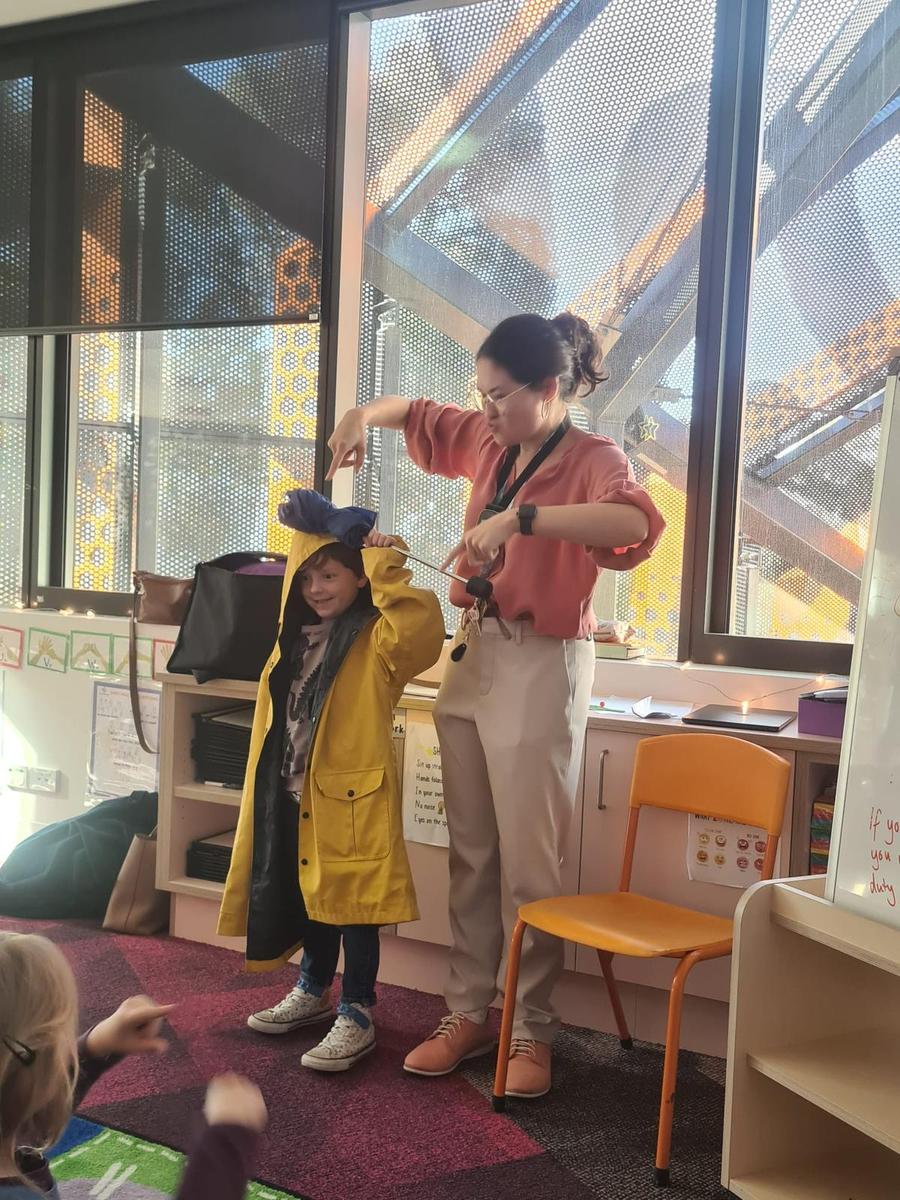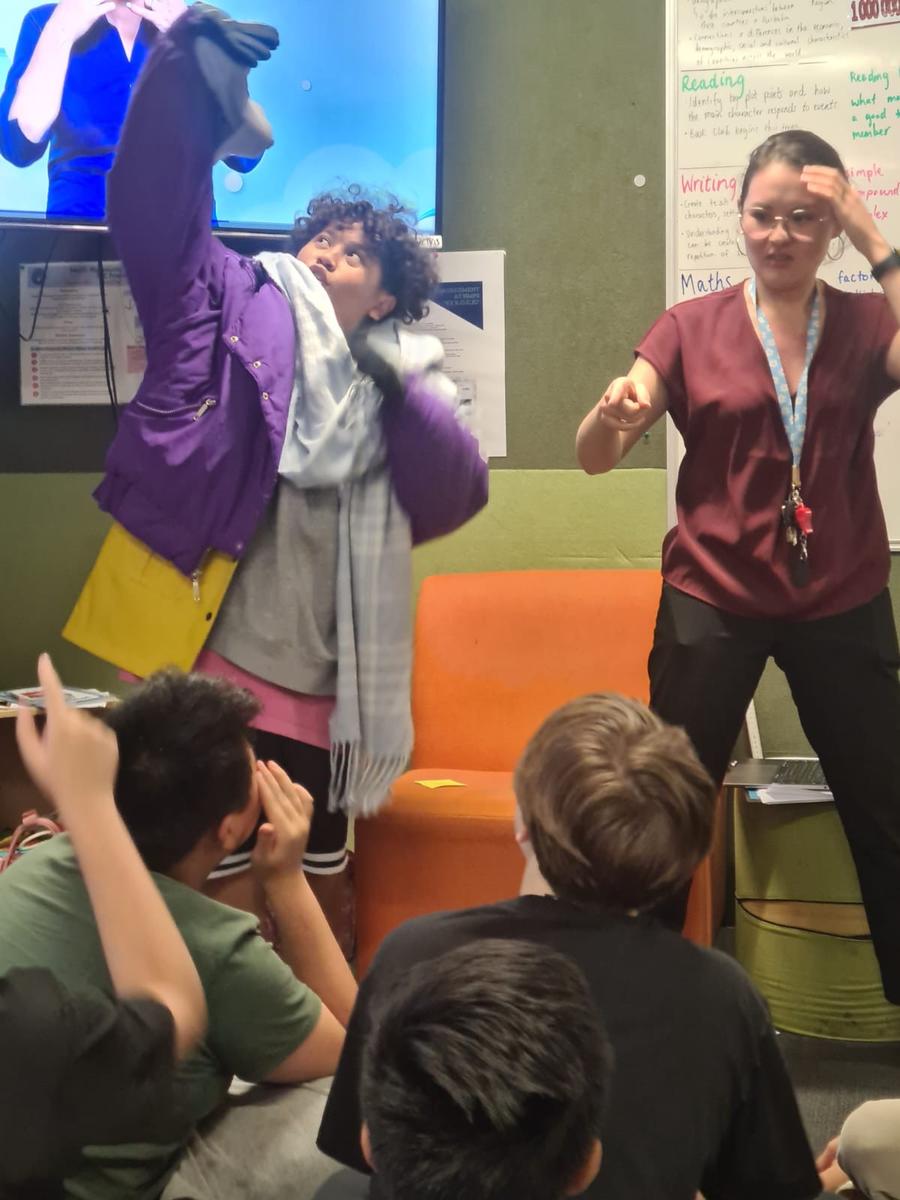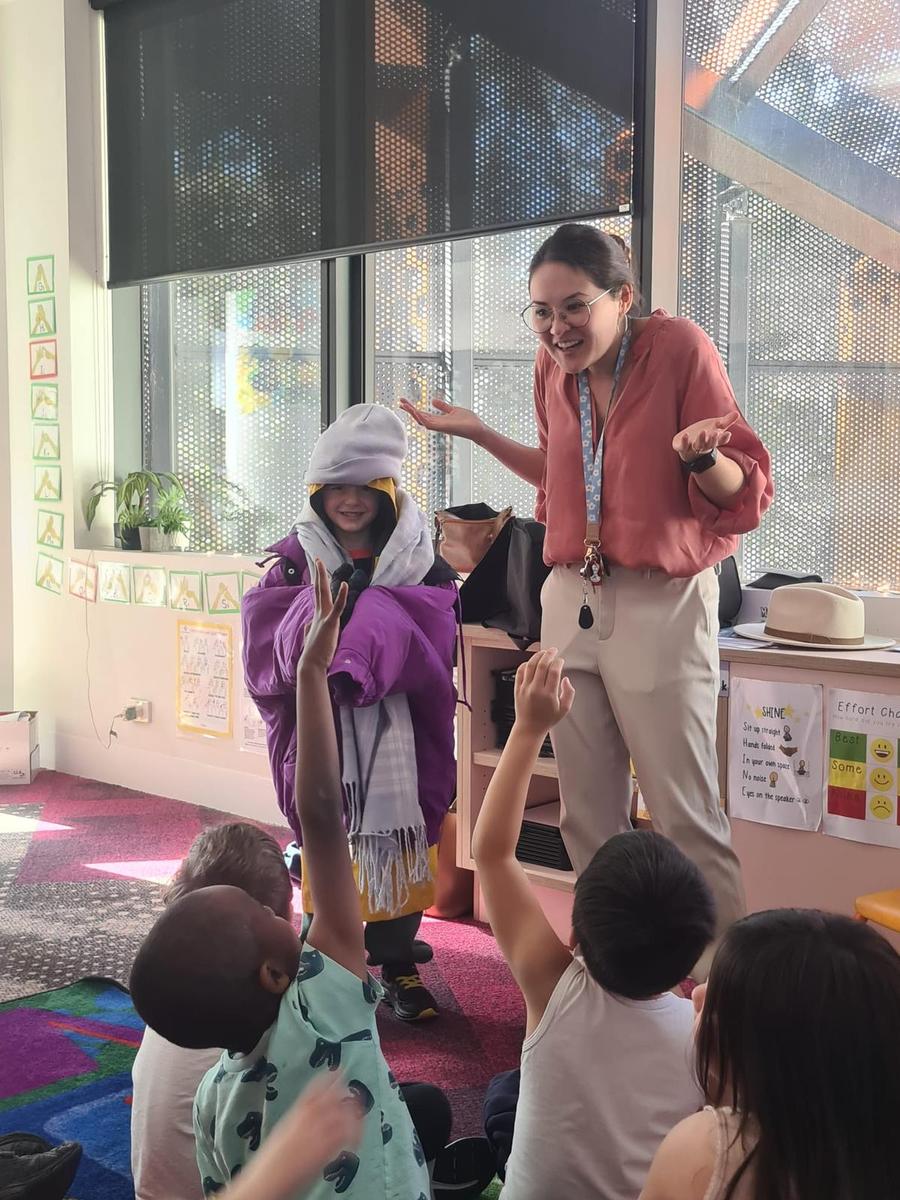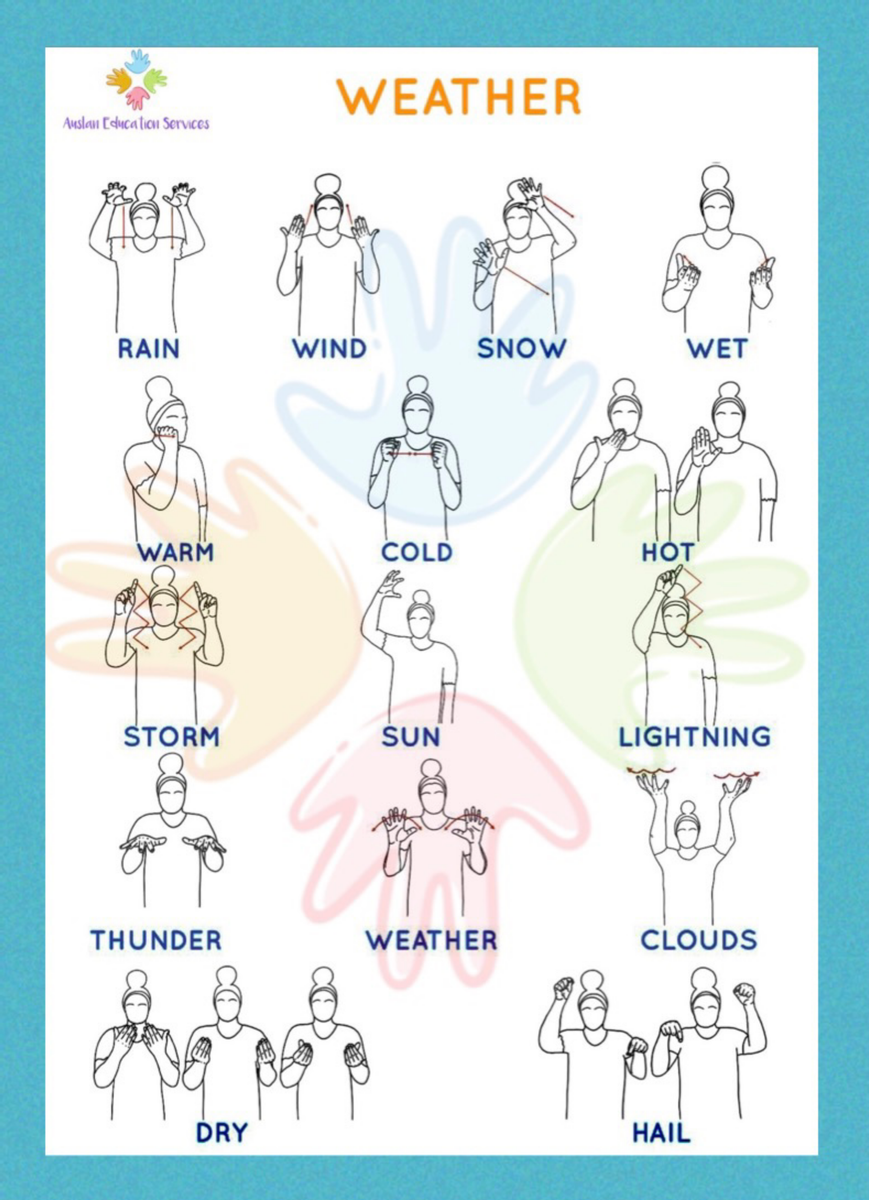Auslan

From Caen and Simone, Auslan Teachers
Over the past two weeks, our Auslan students have been diving deeper into expressive signing with a strong focus on interaction, role play, and fun! Here’s a look at what we’ve been learning and enjoying:
Feelings
We began with a focus on the language of emotions. Students explored a wide range of feeling signs, from happy and excited to tired, bored, and everything in between. One of the key goals in Auslan is to communicate meaning through both hand signs and facial expressions, and this unit gave students the perfect opportunity to practice both. Understanding and expressing emotions non-verbally is an essential skill in Auslan, and our learners really rose to the challenge.
To bring the topic to life, students took part in a variety of role play scenarios, acting out real-life situations that might involve emotions — like winning a game, losing a toy, or seeing a friend. These activities allowed students to apply the signs in context, helping them to better remember and understand their use. We also learned a Feelings Song in Auslan, which became a classroom favourite! Signing along to music gave students another way to lock in vocabulary through rhythm and repetition. Small group and partner work gave everyone a chance to interact directly with one another, building confidence in communication and creating a supportive learning environment.
Weather Signs
In our second week, we transitioned smoothly into the topic of weather signs, which tied beautifully into our work on role play and conversation. This unit gave students a chance to extend their learning and begin to build short conversations using Auslan. We practiced asking and answering questions like, “What’s the weather like today?” and encouraged students to respond using both signs and expressive body language.
To make learning memorable and fun, we introduced weather-themed games and group activities that encouraged spontaneous use of signs. Whether they were playing “Weather Charades” or working together to sort and match signs with images, students were actively engaged and excited to participate. These games provided the perfect context for reinforcing vocabulary while encouraging quick thinking and interaction.
Throughout both units, one of our key goals has been to promote peer-to-peer Auslan conversation, helping students move beyond individual signs and toward natural communication. It’s been amazing to watch our learners begin to combine signs they’ve learned from previous topics, like feelings and weather, and use them in short, meaningful exchanges.
We’re so proud of the progress students are making — they’re not just learning vocabulary; they’re learning how to communicate. Next up, we’ll be combining these skills to develop more conversational fluency. Stay tuned!
Thanks for supporting Auslan learning at home!





